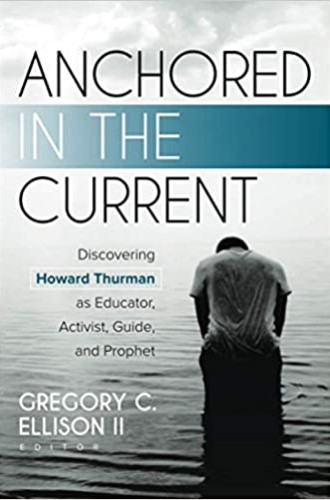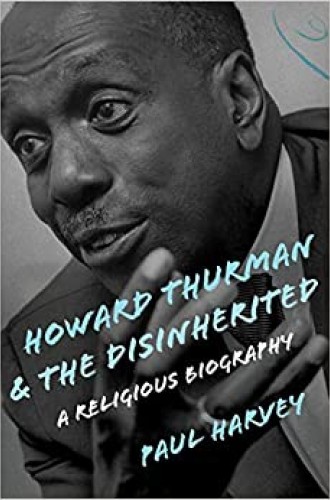Drawing close to Howard Thurman
Two new books invite us to learn from what others have loved about the civil rights icon.
It was by fluke that my husband, my mother-in-law, and I ended up visiting Howard Thurman’s childhood home in 2019. We were on the airplane to Florida when I remembered that Thurman, a man often called the spiritual mentor of the civil rights movement, grew up in Daytona Beach. He spent his childhood close to the ocean, watching storms roll in, attending the segregated schools, going to church, working odd jobs, and confiding in the oak tree in his backyard.
Today, Daytona is a town where cars drive on the sandy beaches, a racetrack seats over 100,000 people, and Trump flags still fly everywhere. It’s still pretty segregated. Thurman’s home, hidden away in a residential neighborhood that is still predominantly Black, is one of those tiny museums run on a shoestring. We made an appointment for a tour.
I’d first encountered Thurman a decade earlier, when a colleague shared that he was listening to a multidisc set of Thurman’s talks and sermons (The Living Wisdom of Howard Thurman) while driving cross-country. Even this brief mention of Thurman stirred up in me an irresistible interest and curiosity, so I bought the set myself and began to listen to it. It was mesmerizing. Some tracks I listened to again and again over the years. I began to read more of Thurman’s books and to quote him in my own work. His words and voice were like none I’d ever heard—and yet, they were somehow so familiar. I shared a sentiment about Thurman that Parker Palmer describes in Anchored in the Current, the feeling that “I knew him well, and he knew me.”







